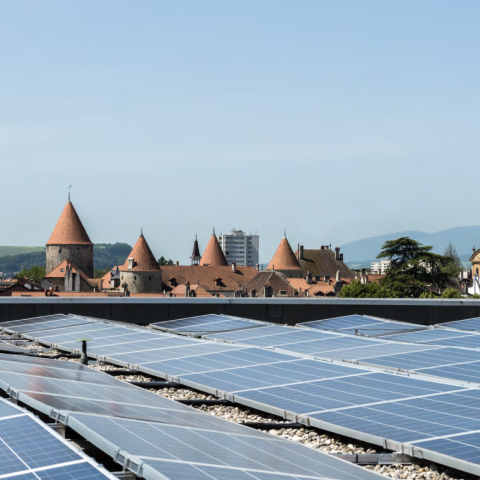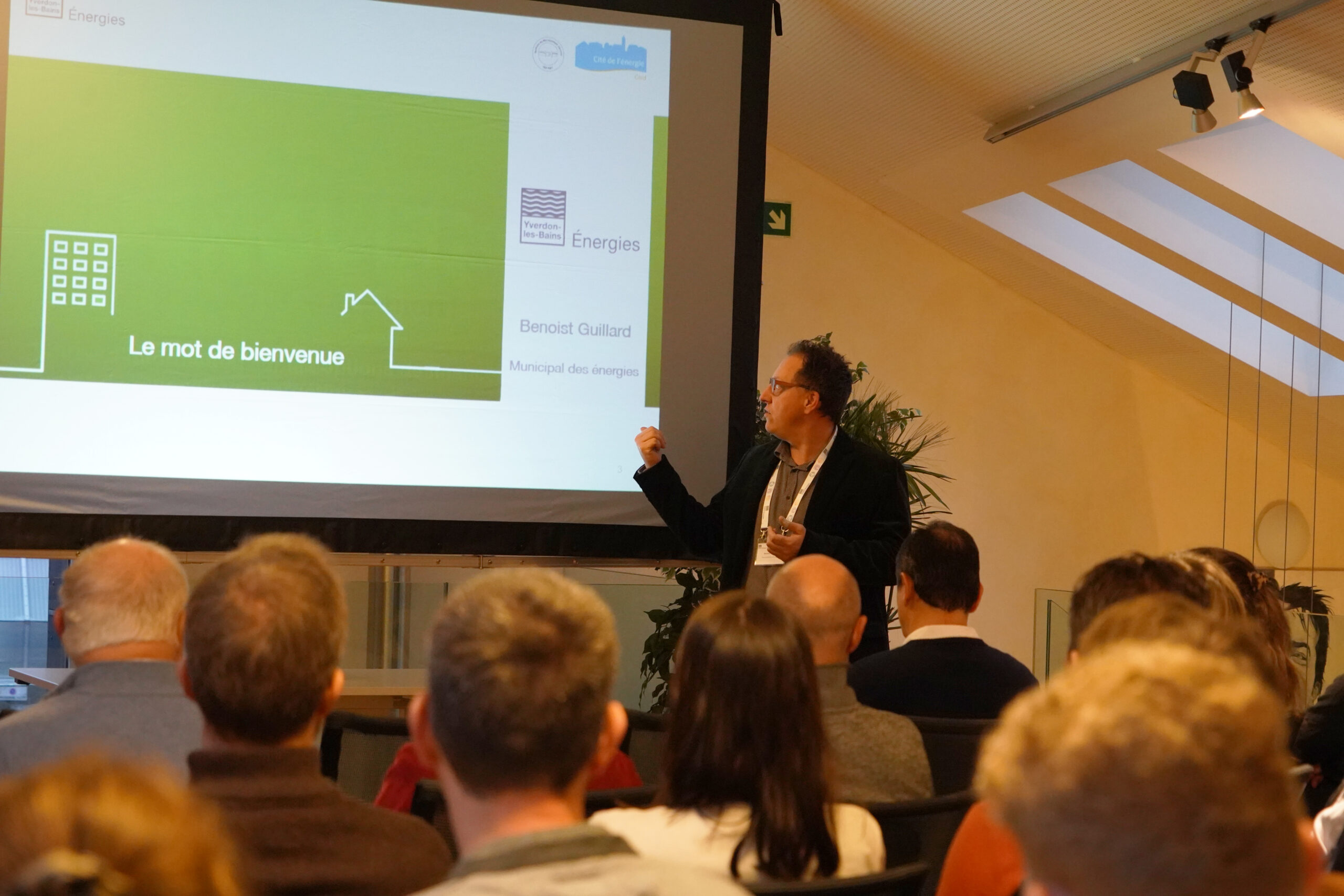
Lorem ipsum dolor sit amet, consectetur adipiscing elit. Sed nulla velit, facilisis quis sem ut, imperdiet mattis quam. Aliquam luctus placerat imperdiet. Praesent tincidunt sed eros lobortis ultricies. Proin ut ullamcorper odio, eget feugiat libero. Vivamus faucibus viverra egestas. Pellentesque sit amet risus metus. Vestibulum aliquam arcu arcu, in tempus mauris tristique eu. Quisque pellentesque rutrum lectus id porttitor. Mauris dapibus massa eget erat ornare, ac pellentesque justo hendrerit. Duis blandit nisl in risus placerat elementum. Suspendisse potenti.
Voir tous les documents

